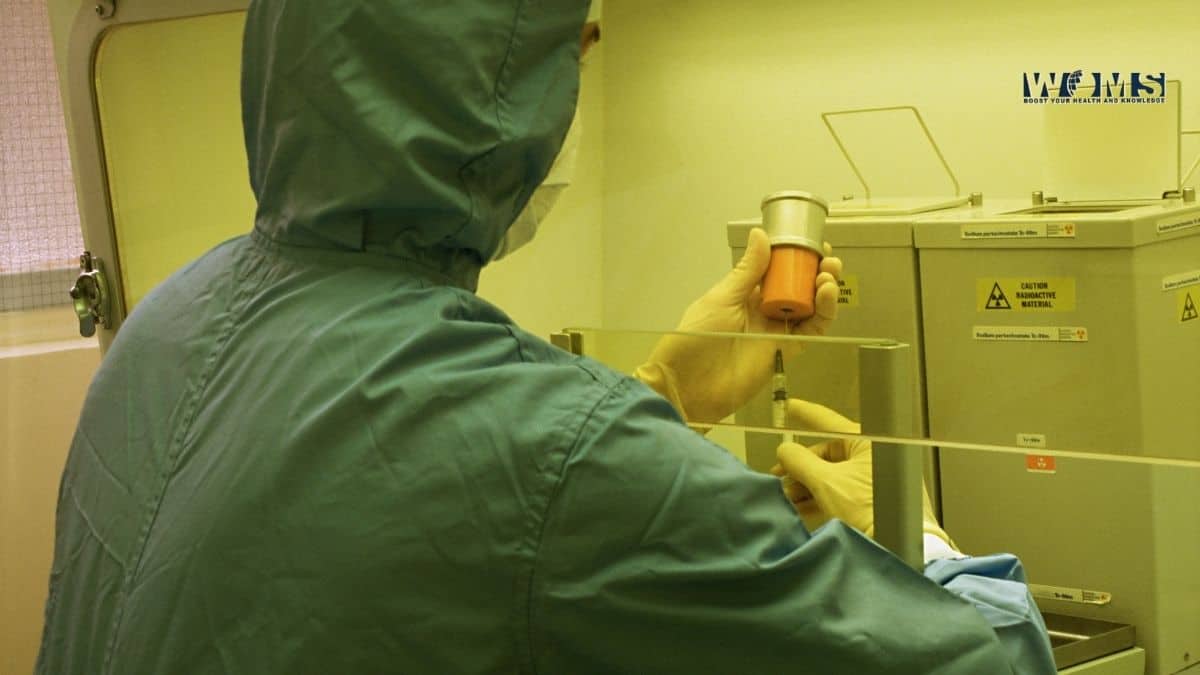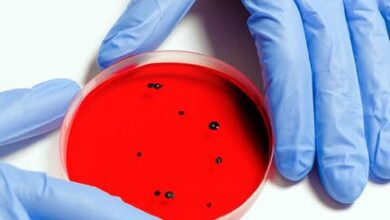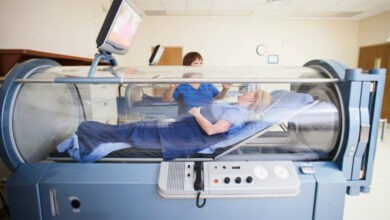What is Nuclear Medicine? Is It Good or Bad?

Have you wondered what is nuclear medicine? If yes then continue reading this article. Nuclear medicine is a specific domain of radiology that utilizes trace amounts of radioactive pharmaceuticals.
These radioactive materials are absorbed in various organs of the body. In this way, it helps to examine the normal function and structure of multiple organs.
Nuclear medicine imaging also incorporates medicine and various other disciplines. This imaging technique helps to diagnose multiple malfunctions and progression of several malignancies.
In addition, it also provides treatment modifications for these abnormalities.
What is the mechanism of action for nuclear medicine?
Nuclear medicine utilizes radioactive substances. These radioactive substances are known as radionuclides. In addition, these radioactive isotopes are introduced into the body by the intravenous route. Different organs of the body absorb these radioactive isotopes in different amounts.
These radioactive isotopes are unstable and emit gamma rays.
Its distribution pattern is observed by the amount of radiation it radiates. In this way, these radioactive isotopes help determine the diagnosis, size, shape, and other diseases in the body. In addition, we can study the functioning of organs by a two-dimensional or three-dimensional scan. Moreover, these radioisotopes have a shorter half-life. Therefore, it decays completely within a shorter duration.
What are the different radioactive isotopes used in nuclear medicine?
There are several radioactive isotopes that are used in nuclear medicine to detect several abnormalities found in the human body. Let us have a look at these nuclear isotopes used for different diagnostic purposes.
- Technetium-99 is the most commonly used radioactive isotope in nuclear medicine. It is used for the detection of coronary artery disease.
- Iodine-131 radioactive isotope is used to reveal any abnormality in the thyroid gland structure and function.
- Carbon-14 is also used to diagnose metabolic abnormalities like diabetes mellitus, acromegaly, anemia, and gout.
Therapeutic radioisotopes
Besides diagnostic purposes, radioactive isotopes are also getting used for therapeutic purposes. They are also used for the treatment of several diseases. The most common purpose of these radioactive substances is their use in radiotherapy. They are used to destroy the cancerous cells to eliminate the disease. In addition, these isotopes emit radiation that is helpful for proper diagnosis.
These are some of the common radioactive isotopes that are used to treat malignancies.
- Yttrium-90 is used for the management of malignancies, specifically Non-Hodgkin’s lymphoma and liver neoplasm.
- Iodine-131 is also used for the treatment of malignant thyroid cancers and other conditions like hyperthyroidism.
- Phosphorus-32 is used to control the excess of red blood cells in Polycythemia vera.
What are the other common uses of nuclear medicine?
Nuclear medicine with imaging procedures is used to identify the structure of various organs.in addition, it also tells about the normal functioning of different bones, tissues, organs, and various systems of the body. There are different uses of nuclear medicine in adults and children. Let us have a detailed look at the uses of nuclear medicine.
The uses of nuclear medicine in adults are as follows:
Heart:
- Blood flow with associated perfusion scan
- Identify coronary artery disease and stenosis
- Detect the various abnormalities of the heart
- Help to provide prognosis before and after chemotherapy
- Evaluate the success rate of revascularization
Lungs:
- Nuclear imaging scan for the identification of respiratory disorders
- Evaluate the normal functioning of the lungs
- Diagnose the condition after lung transplant rejection
Bones:
- Identify the bone fractures, infection, metastatic bone disease, and tumors
- Help to assess the site for biopsy
Brain:
- Diagnose various disorders related to brain-like seizures, dementia, neurological disorder, and blood flow disease
- Help to identify brain tumors, their recurrence rate, and the need for surgical or radiotherapy treatment planning
The use of nuclear medicine in children is quite restricted as compared to adults. Moreover, there is a need for more care for children to get the desired benefits. There are some uses of nuclear medicine in children.
- Diagnose the esophageal reflux and motility disorders in children
- Assess the opening of the tear ducts and ventricular shunts in the brain
- Evaluate congenital heart disease for pulmonary blood flow
What are the potential risks of using nuclear medicine?
There are very minor side effects related to the dose of radioactive substances. As these are used in a very small quantity, it outweighs very low hazardous side effects. In addition, these radioactive isotopes may pose a very minor allergic response. Moreover, it is injected into the veins, so may cause slight pain. It rapidly resolved within a while.
Contraindications to nuclear medicine
Nuclear medicine is common for the treatment of tumors. But, there are some contraindications to nuclear medicine. These are as follows:
- Pregnant females- radiation act as a teratogen to cause damage to the fetus
- Women who are breastfeeding are contraindicated to the benefits of nuclear medicine.
Conclusion
Nuclear medicine is the most common domain of radiology. It uses different radioactive isotopes to identify the various abnormalities of the systems of the body. In addition, it also helps to treat various malignancies of the body. There are different isotopes that are useful to treat tumors of various organs. Moreover, it also helps to predict the prognosis of various treatments.
Nuclear medicine offers great benefits for the health of human beings. Besides the benefits, nuclear isotopes also emit radiation. These radiations may pose health risks to various parents. In addition, some people may feel allergic to these radioactive isotopes. Over the counter, nuclear imaging is the most common practice in the medical field. The most common use of nuclear medicine is radiotherapy. In this way, nuclear medicine is helpful for patients with malignant tumors.
Also Read: Harmful Effects of Radiation
Frequently asked questions (FAQs)
Is nuclear medicine among the safe practices?
Yes, nuclear medicine is a safe practice. A very small amount of radioactive tracer is used during the scan. After some time, radioactive isotopes decay, emitting no more radiation.
How much radiation is used for nuclear medicine imaging?
A very small amount of radiation is used for imaging purposes. There is no such examined harm with these radiations.
Is nuclear medicine safe for pregnant females?
Radiations are not safe for pregnant females unless these radioactive isotopes are necessary for her to save a life. For such conditions, there is a special need to carefully evaluate the absorbed dose and the risk to the patient.




